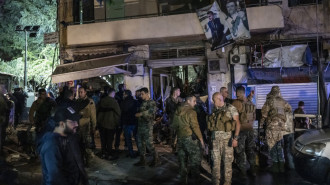Irrigation and water ministers from the three Nile basin countries will meet via videoconference, Sudan's irrigation ministry said in a statement.
"Three observers from the United States, the European Union and South Africa will attend," it added.
Planned as Africa's largest hydroelectric installation, the Grand Ethiopian Renaissance Dam on the Blue Nile has been a source of tension with Egypt ever since Ethiopia broke ground on the project in 2011.
Following nine years of stalled negotiations, the United States and the World Bank sponsored talks from November 2019 aimed at reaching an agreement between the three riparian states.
In May, Egypt announced it was re-entering talks over the filling of the dam's 74 billion cubic metre reservoir, in order "to reach a fair, balanced and comprehensive agreement."
Read also: Egypt's Sisi says Trump assured him of further Nile dam mediation
Earlier in May, Sudan had rejected an Ethiopian proposal to sign an initial agreement greenlighting the filling of the reservoir, citing outstanding "legal and technical problems".
Both Khartoum and Cairo fear the 145-metre-high dam will threaten their essential water supplies once the reservoir starts being filled in July as planned by Addis Ababa.
But while Egypt worries about its share of the Nile, upon which it depends for most of its water, Sudan hopes the dam could provide much-needed electricity and help regulate flooding.
The 6,600-kilometre-long (3,900-mile) Nile is a lifeline supplying both water and electricity to the 10 countries it traverses.
Its main tributaries, the White and Blue Niles, converge in the Sudanese capital Khartoum before flowing north through Egypt to drain into the Mediterranean Sea.
Follow us on Facebook, Twitter and Instagram to stay connected

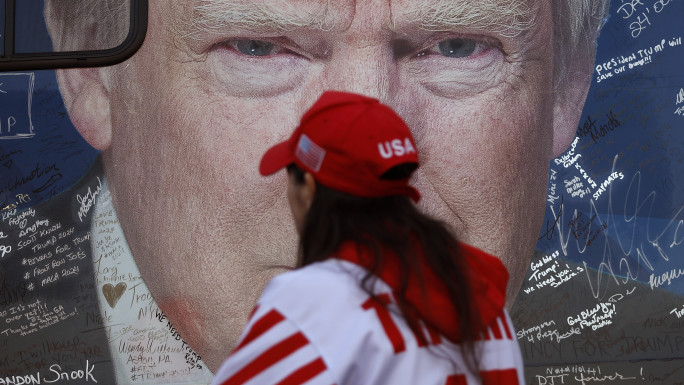
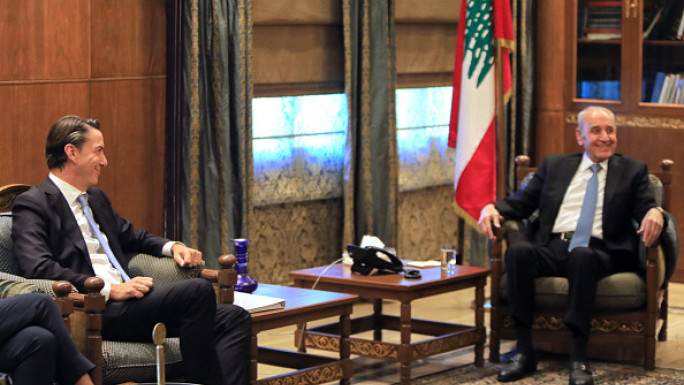
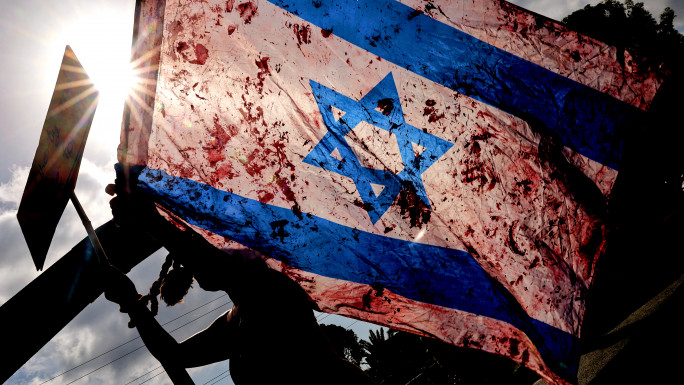
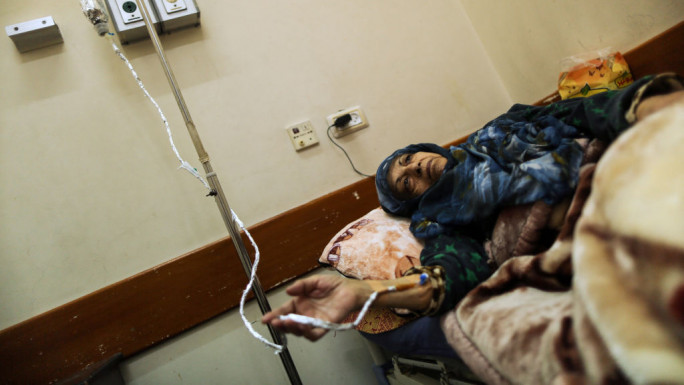
 Follow the Middle East's top stories in English at The New Arab on Google News
Follow the Middle East's top stories in English at The New Arab on Google News

